Every now and then, I see a “star” asking for help in the newspaper. They say they have no money to live on, no money to rent a house, and have to work hard to make a living. Of course, they are not A-list stars, but they still surprise many viewers. Oh, can a star be so tragic?
On the other side, there are also noisy scandals, the main content of which is that the “star” is accused of having a… star disease, and is asking for sky-high prices. At that time, public opinion is bewildered. Oh, it turns out that when at the peak of fame, people can attend events for 5-10 minutes and earn as much money as an ordinary person would earn in decades?
![285 [Converted].png](https://vstatic.vietnam.vn/vietnam/resource/IMAGE/2025/1/20/1526a19daa464807af4612dcfbe7d698)
But life always has exceptions. That is the case of singer Phan Dinh Tung.
Although he has almost disappeared from showbiz, many people must be shocked to know that this singer “does nothing” and still earns nearly 4 billion VND per year from just one “national” song, “Birthday Song”. After nearly 8 years of release on YouTube, this song has more than 259 million views and is still going strong.
Another case is musician Nguyen Van Chung with the song “Mother’s Diary”, estimated income from only the sources that can be counted is up to 2 billion VND per year. Other sources such as selling copyrights to foreign countries, using in customer events, brands, businesses and other commercial events can be even higher.
The common point in the stories of Phan Dinh Tung and Nguyen Van Chung is that they own a type of digital asset that has "multiple uses".
“Reusability” has always been a desire of Internet content creators, both professional and amateur. Because every day, billions of new content are created, but only a small amount of it attracts viewers; a smaller amount of it can be monetized, and an even smaller amount of it can be monetized consistently. That is only possible if it has “reusability”, which is something that mainstream media almost lacks.
The story of the transition from writing and publishing on traditional channels to the Internet environment has difficulty in making money. Because the source of income depends heavily on advertising. Advertising will obviously come from traffic (number of visitors, video views, number of reads). And traffic depends too much on the pressure of the press to update information and produce news articles continuously.
As I observe, information in the press has almost no “reusability”. Even the disposability is fiercely competed by social media platforms and “parasitic” websites.
In that context, the podcast and/or Internet-based show model may be more promising. Some newspapers have opened podcast sections that do not follow current events, but instead feature “multi-use” sections such as case files, mystery solving, love advice, etc.
And some journalists have also joined the race to become content creators with their own media channels. Typical examples include Tran Quoc Khanh with Quoc Khanh Show, Vietsucess; Thuy Minh with Vietcetara Podcast, Have a sip; or journalist Kim Hanh with 5 minutes of market talk.
And whether by chance or by design, these podcast channels all have “multi-use”. That is, there is an opportunity for the owner to earn accumulated money from advertising. The more podcasts there are, the older they are, the more views they get, and the income increases proportionally.
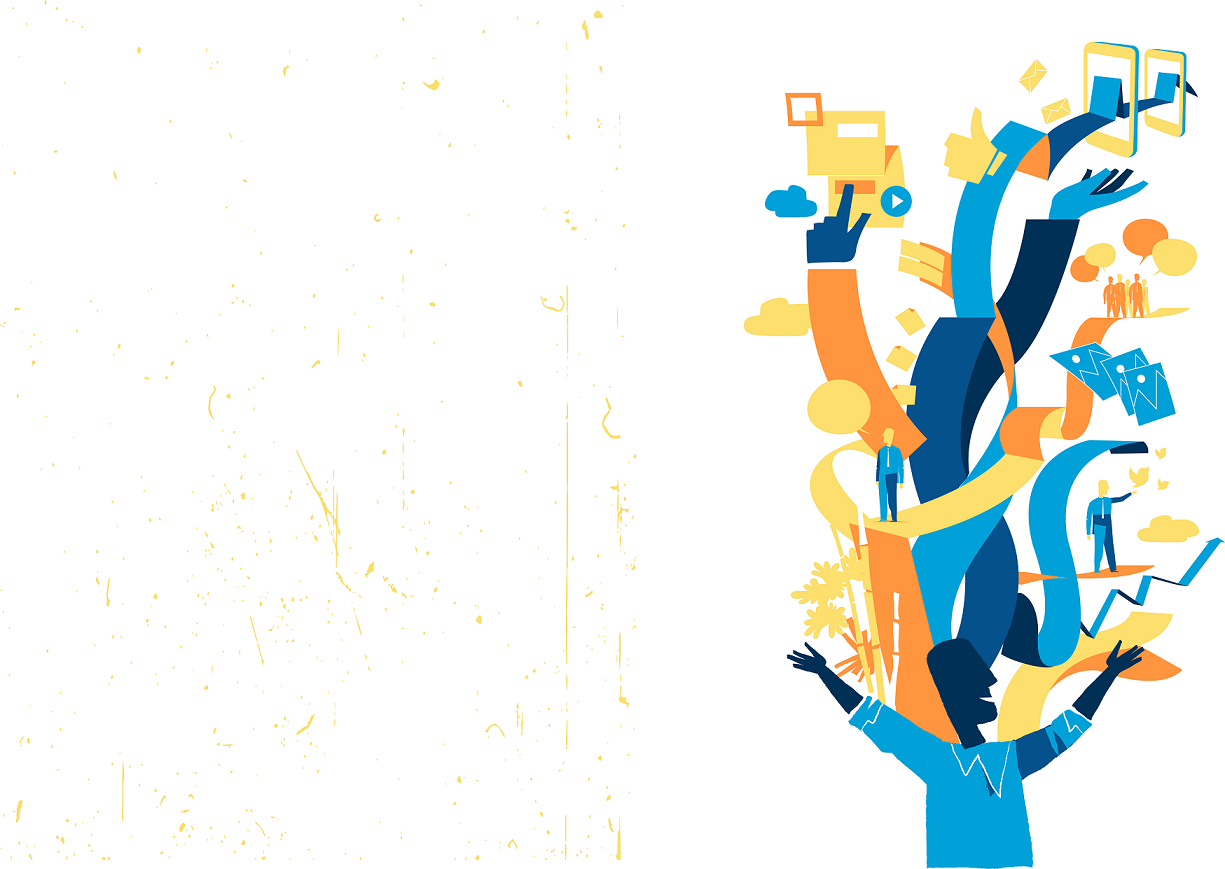
But unlike the stories of Phan Dinh Tung or Nguyen Van Chung, the podcast channels we mentioned do not have a very large number of views. Even when inviting entertainment stars or internet stars to participate as guests, these podcasts often achieve a maximum of 1 million views. The rest, the average number is 100 - 200 thousand for each video. If we only rely on pure advertising, the investment in production is even higher than the advertising revenue.
But this type of podcast model emphasizes the personality of the host. In the language of media people, it helps podcast owners build their personal brand. That is, besides making money which can be considered as a sideline, podcast channels will help people like Tran Quoc Khanh, Thuy Minh or journalist Kim Hanh become KOLs, influencers. And they can make money, a lot of money from this position.
KOLs’ income comes from advertising linked to their personal reputation, attending events, becoming a speaker, publishing books and selling other products and services, depending on their level of popularity, field of participation and personal reputation. It’s hard to give an estimate because there are too many variables, but earning around 1 billion VND is not difficult, if the podcast owner is willing to “work hard”!
But in the end, that income is still the income of the individual journalist. Nominally, they can exploit the advantages of journalists, and also of the press agency where they work, to contribute to the development of their personal brand. But the newspaper offices themselves rarely raise the issue of exploiting revenue from these types of podcast channels.
In the era of social media explosion, short content, and the trend of media shifting through influencer channels, I think the model of combining journalism and journalism KOLs is very important and also very feasible. Instead of just trying to diversify content and form, offering content products to collect pure advertising revenue, newspaper offices can completely cooperate with talented, capable and passionate journalists to create conditions for them to develop their personal brands, then cooperate to exploit revenue from this personal brand.
At that time, the press will have a "potential land" to increase revenue, move from having to compete with social networks to a symbiotic model of sustainable development, reduce the pressure of news articles, and have a stable source of income thanks to "multiple uses".
Source: https://vietnamnet.vn/bao-chi-nguoi-noi-tieng-va-cuoc-canh-tranh-dao-vang-tren-mang-2293396.html


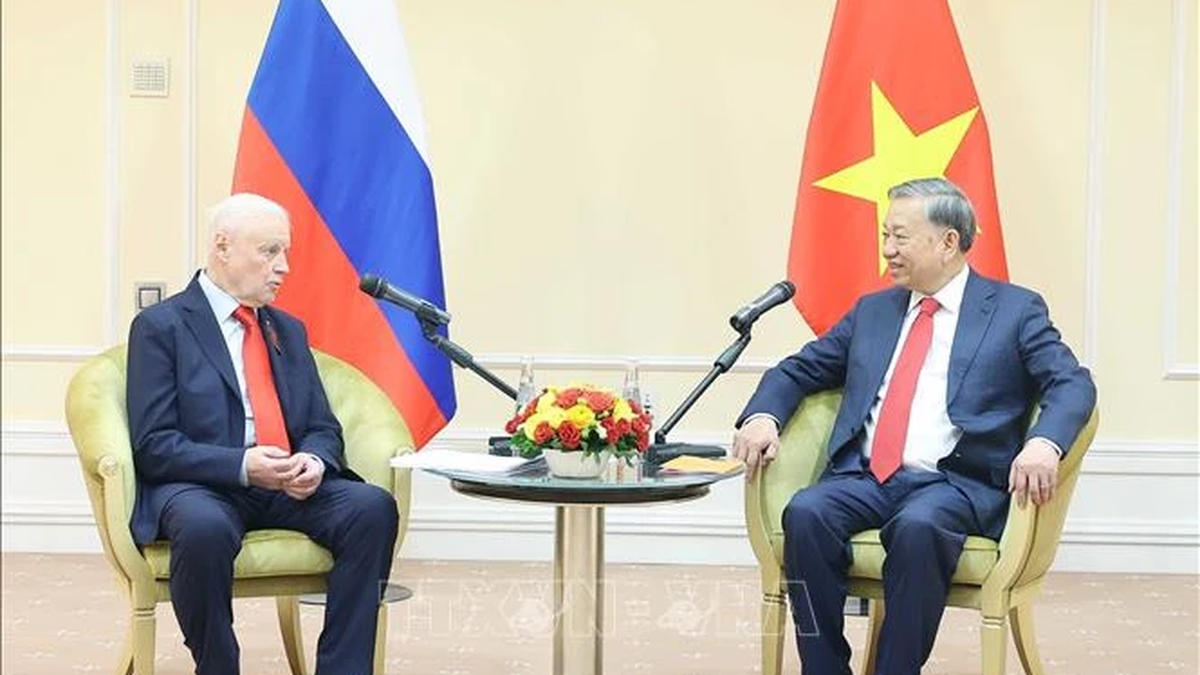
![[Photo] Prime Minister Pham Minh Chinh chairs Government Standing Committee meeting on Gia Binh airport project](https://vphoto.vietnam.vn/thumb/1200x675/vietnam/resource/IMAGE/2025/5/10/6d3bef55258d417b9bca53fbefd4aeee)
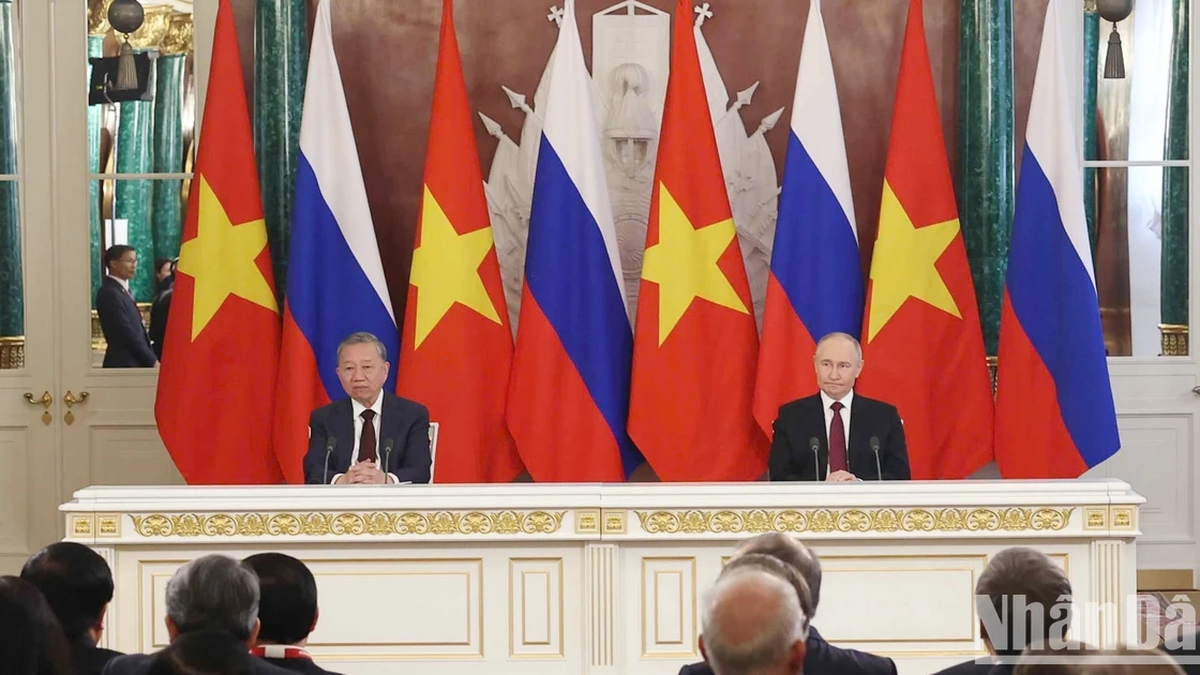


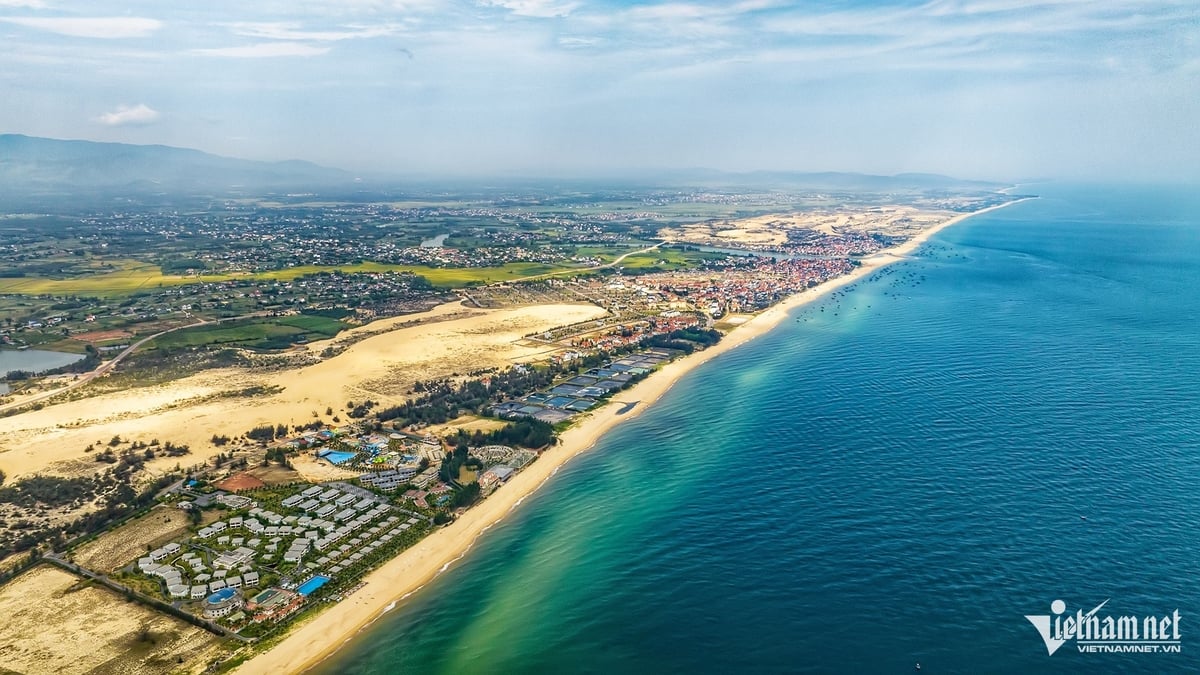




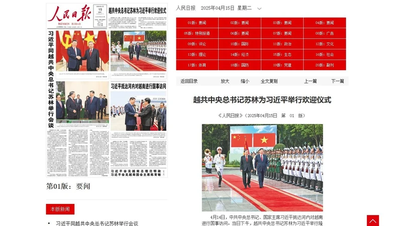

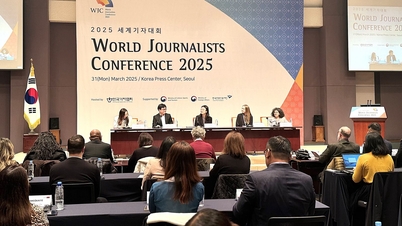





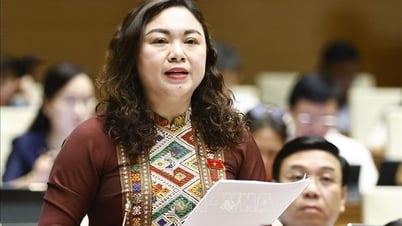
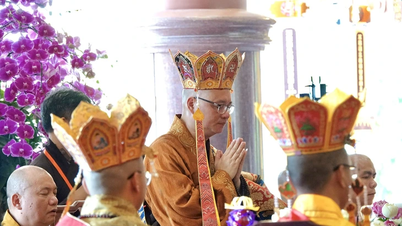







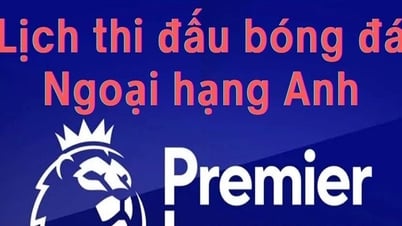
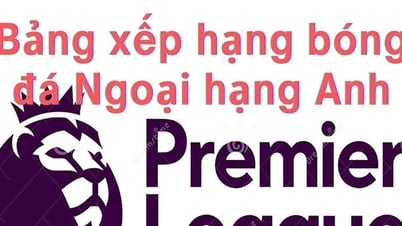


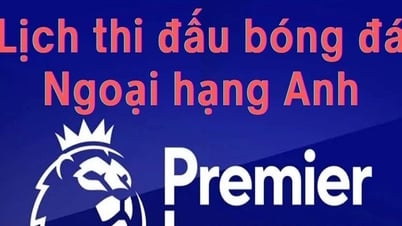









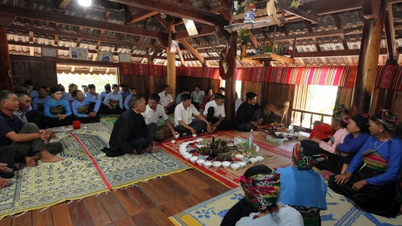






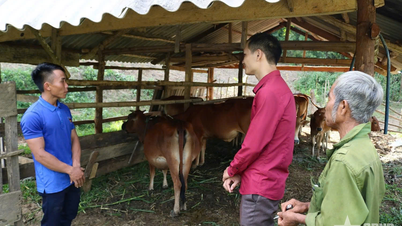

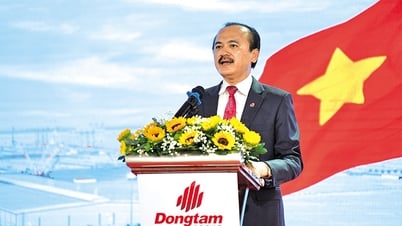

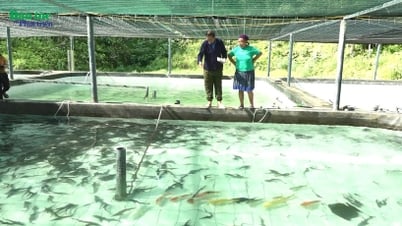
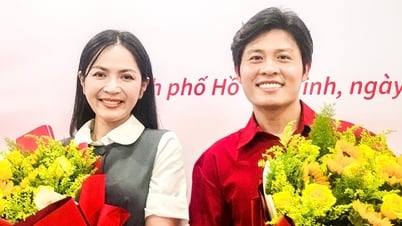








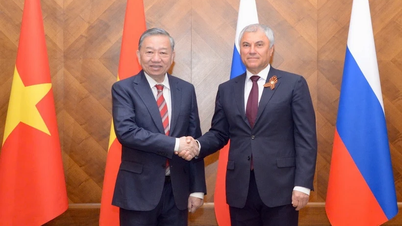
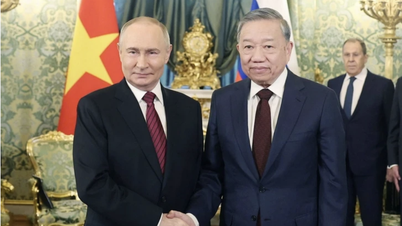











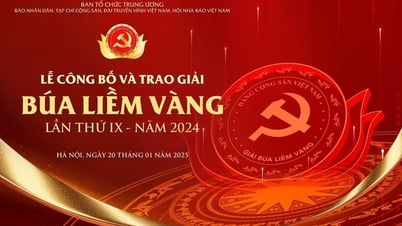
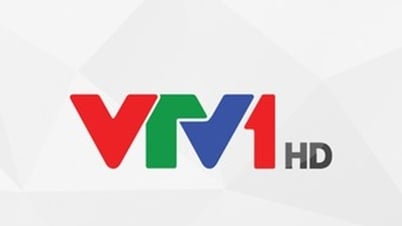

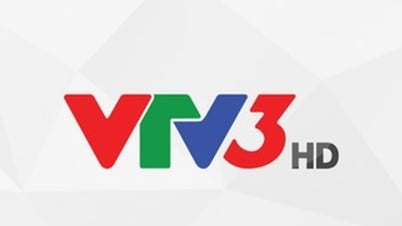
















Comment (0)